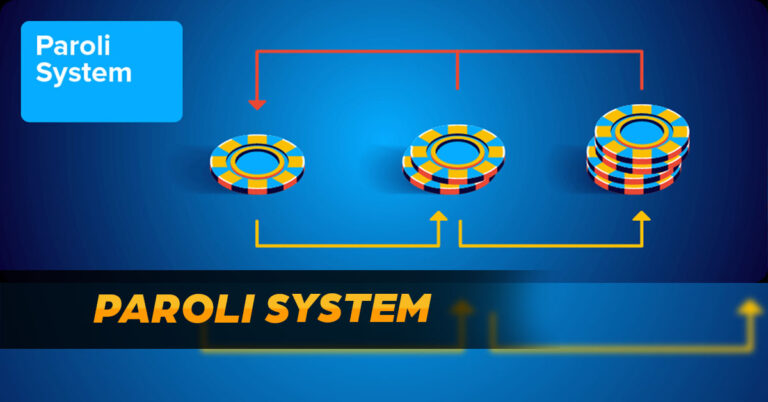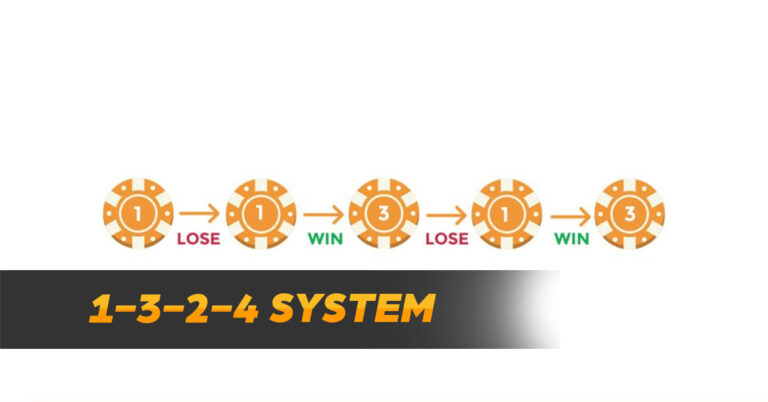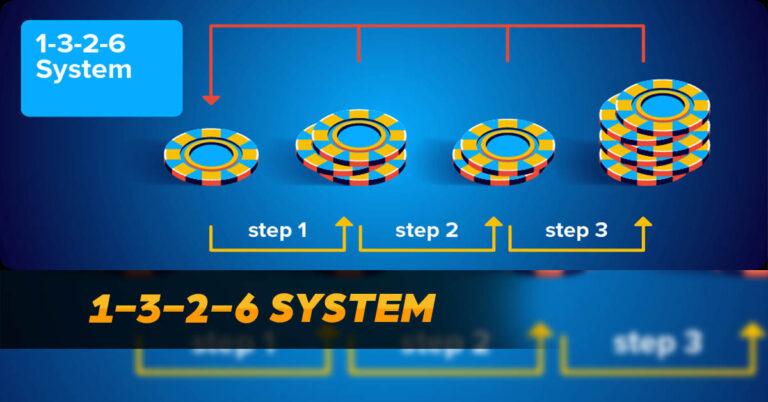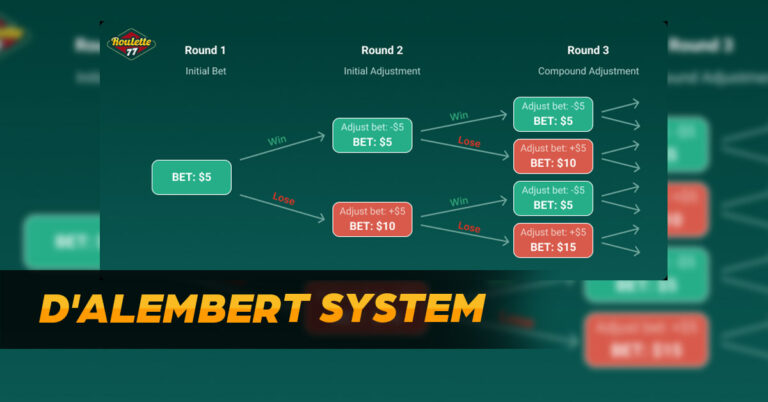Unlocking the Martingale System- Decoding the Winning Strategy

Discover how to navigate online casinos and select the ideal games for maximum impact. This comprehensive guide delves into the Martingale System, offering insights into its advantages, drawbacks, and alternative strategies.
The Martingale Method: Your Ticket to Success in Casino Games! Unravel the simplicity behind this renowned betting strategy, perfect for blackjack, roulette, and baccarat. Don’t let its initial complexity deter you; with a solid bankroll, it’s a game-changer.
What exactly is the Martingale System?
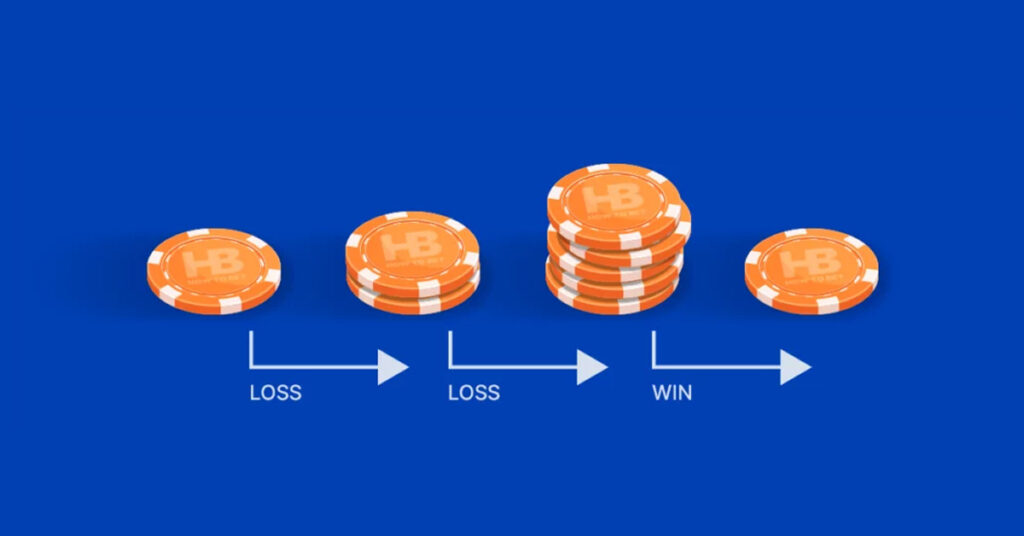
It’s a powerful negative progression technique tailor-made for games with near 50/50 odds, like roulette’s red/black, blackjack hands, baccarat dealer bets, and select craps wagers. Ready to dive in? Let’s master the concept together: increase your bet after each loss, confident that eventual success will erase previous setbacks. It’s that straightforward!
How Does Martingale System Work
To begin, allocate a portion of your bankroll and designate it as your base unit. Opt for a modest percentage to kick off with 1% of your total bankroll. For instance, if you’re working with a $1,000 bankroll, your base unit would be $10. Initiate your betting with a single unit. Should you win, stick with betting 1 unit for subsequent rounds. Persist with this until you encounter a loss.
Upon losing, double your wager to 2 units. If another loss follows, escalate it to 4 units, and continue doubling until a win is achieved. Upon securing a win, revert back to betting 1 unit to restart the cycle.
Doubling Down: How It Boosts Your Odds
Unlock the secrets of the Martingale Strategy, a renowned method that hinges on a simple yet powerful principle. Here’s your essential playbook:
With these tactics in your arsenal, you’re poised to maximize your chances of success!
Let us see how it works with an example
Basic Data:
| Bet | Result | Profit |
| 100 | Loss | -100 |
| 200 | Loss | -300 |
| 400 | Loss | -700 |
| 800 | Loss | -1500 |
| 1600 | Loss | -3100 |
| 3200 | Win | +100 |
Looking at the table, it’s evident that only the sixth bet ended in a win. We began with 100 Philippine pesos and by the end of the cycle, we had to raise the bet to 3,200 pesos, resulting in a total turnover of 6,100 pesos.
However, the bankroll would only cover seven bets. If seven consecutive losses occurred, the balance would be 10,000 – 6,300 = ₱3,700, which wouldn’t be enough for the eighth bet as per the strategy’s rule, where the eighth bet amount must be ₱6,400.
Martingale System: Advantages and Disadvantages
The primary benefit of the Martingale System lies in its ability to offset prior losses consistently. Nonetheless, it’s not without flaws and has inherent limitations. These represent the principal advantages and disadvantages of employing the Martingale betting system.
Advantages:
Disadvantages:
The Martingale System is a strategy used in roulette
The Martingale System is a popular strategy among roulette players, particularly those focusing on even chance bets. When playing roulette with this system, you have three main options:
In games like DraftKings Roulette, you simply place your chips on your chosen option and hope for a favorable outcome. Here’s how the Martingale System works:
- Start by betting 1 unit.
- If you win, continue betting 1 unit.
- Increase your bet to two units if you lose.
- Keep doubling your bet after each loss until you win.
- Once you win, return to betting 1 unit again.
- Repeat this process.
For optimal results, it’s recommended to play French roulette when possible. This variant typically offers a higher Return to Player (RTP) rate compared to American or European versions. Additionally, French roulette features a single zero and a rule known as “la partage,” which refunds players with a 50% rebate when the ball lands on the zero pocket.
Extending the Martingale Strategy to Other Casino Games
The Martingale system is not exclusive to blackjack; it can be effectively applied to various Live casino games. Baccarat, particularly when betting on the player, offers a suitable scenario. Similarly, in craps, sticking to bets like pass, don’t pass, come, and don’t come aligns well with this strategy.
Additionally, basic slots with high RTP, low volatility, and minimal bonus and promotions features can accommodate the Martingale approach. However, it finds its optimal utility in table games, whether in virtual or live dealer formats.
Exploring the Reverse Martingale
An intriguing alternative to the Martingale system is the Reverse Martingale, also known as the Anti-Martingale. Unlike its counterpart, this strategy dictates doubling the bet amount after a win and reverting to the initial bet size after a loss.
Designed to capitalize on winning streaks, the Reverse Martingale carries the risk of losing accumulated profits with a single loss. Hence, it is most effective when employed in short, targeted bursts.
Consider these alternative strategies to the Martingale method:
Negative Progression Strategies:
Positive Progression Strategies
Conclusion
At MNL777, we emphasize diversified strategies beyond the Martingale, catering to both risk-averse and progressive players. From the Fibonacci and D’Alembert for negative progression to the Paroli and Oscar’s Grind for positive trends, our platform offers a versatile gaming experience tailored to individual preferences and risk tolerances.

